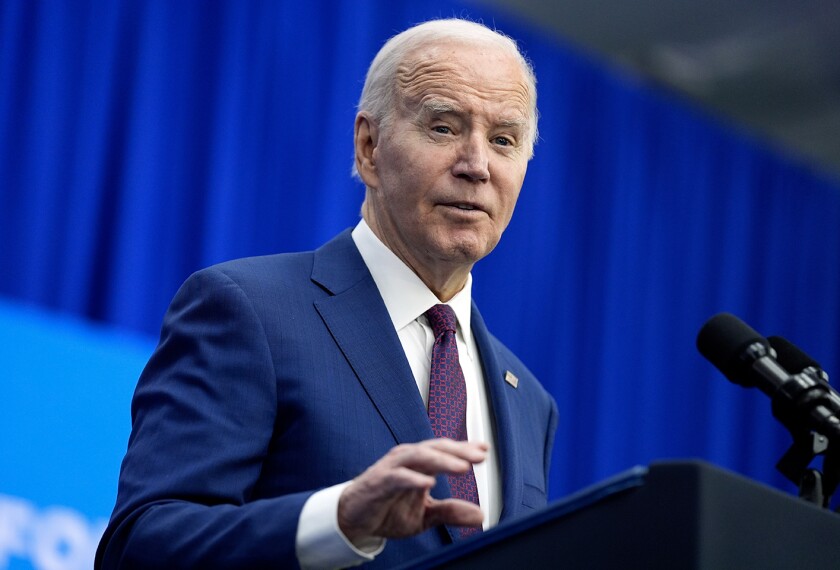Well past the midway point of the original $4 billion Race to the Top grant program, Hawaii is still officially in trouble with the U.S. Department of Education over its struggles in carrying out its plans for teacher and principal evaluations. But save for that one big thing, the state has made notable progress in delivering on the promises it made to win its $75 million grant in 2010.
In fact, the state has completed 90 percent of the tasks outlined in its grant contract with the federal Education Department, according to its latest progress report. And in an interview, state Superintendent Kathryn Matayoshi said she feels Hawaii’s work improving its data system and implementing the Common Core State Standards is particularly strong.
The vast majority of the work Hawaii had to do was front-loaded in the first two years of its Race to the Top proposal. But that also means that in the last half of the grant period, the focus changes.
“We are really focusing now on implementation in the classroom,” Ms. Matayoshi said. “These next two years are about how are we supporting teachers and principals with all of these different initiatives. It’s about really scaling it up and really doing the work.”
She said one priority is getting the “complex area” superintendents for Hawaii’s single, state-run district more professional development to help implement the Race to the Top plan. She said that task is especially challenging because professional-development days are scarce to nonexistent.
But the big missing piece in Hawaii’s Race to the Top plan is an approved teachers’ contract, which is needed to put teeth into a new teacher-evaluation system that’s being expanded from a small pilot phase to include all schools.
Although Hawaii believes it has the authority to implement the new evaluations, it needs an approved, long-sought contract—which is mired in negotiations that resumed this month—to tie those evaluations to such decisions as salaries.
The question remains: Is a 90 percent completion rate enough to get at least part of Hawaii’s Race to the Top grant out of the federal department’s “high-risk status”? A site visit by federal officials in April will help determine the answer.




